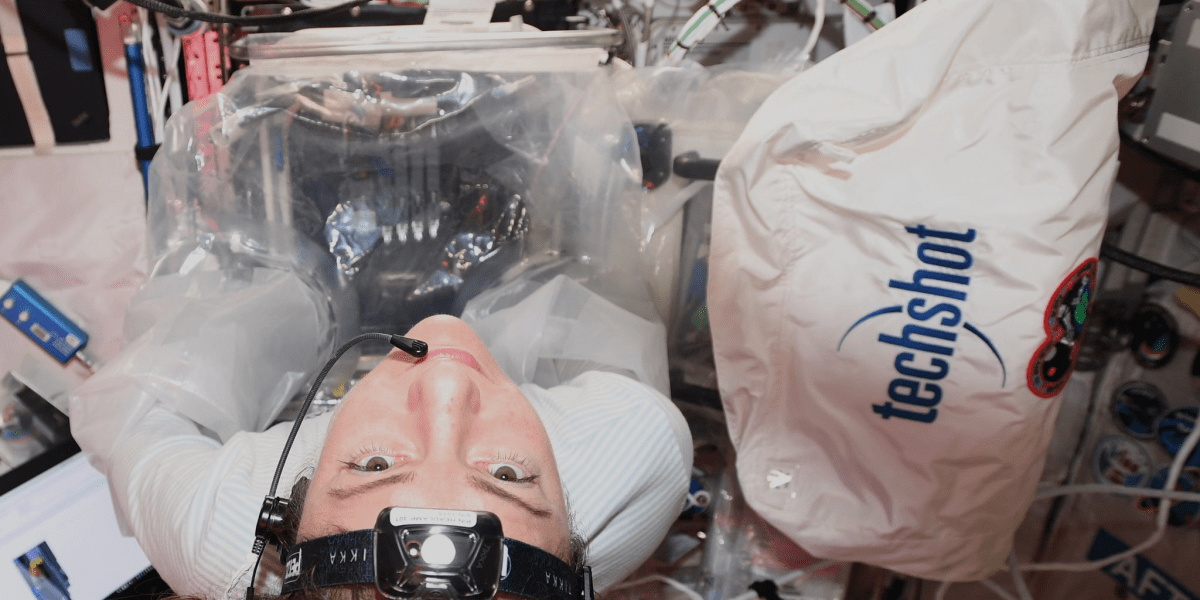
In the United States, at least 17 people die a day waiting for an organ transplant. But what if instead of waiting for the donor to die, one day he could grow his organs?
Last week, six years after NASA announced the Vascular Tissue Challenge, NASA nominated two winning teams in a contest aimed at accelerating research that could one day lead to artificial organs. This task required creating thick angiogenic human organ tissue that would allow the team to survive for 30 days.
Two teams named Winston and WFIRM at the Wake Forest Institute for Regenerative Medicine use a variety of 3D printing technologies to create lab-grown liver tissue that meets all NASA requirements and maintains its functionality. Did.
“When we look at tissue and vascular distribution, we see the body doing two main things, so we took two different approaches,” said Anthony Atala, WFIRM team leader and laboratory director. say.
The two approaches differ in the method of angiogenesis, that is, how blood vessels are formed in the body. One used a tubular structure and the other used a spongy tissue structure to nourish the cells and remove waste products. According to Atala, this challenge was a hallmark of bioengineering, as the liver, the largest internal organ in the body, is one of the most complex tissues to replicate due to its large number of functions.
Wake Forest University for Regenerative Medicine
“When the contest was held six years ago, we knew we were trying to solve this problem ourselves,” says Atala.
This project will advance the field of regenerative medicine, making it easier to create artificial organs for humans in need of transplantation, and has the potential to assist astronauts in future deep space missions.
Laura Niklason, a professor of anesthesia and biomedical engineering at Yale University, states that the concept of tissue engineering has existed for over 20 years, but growing interest in space-based experiments has moved this area. It’s starting to change. “The biological effects of low gravity are becoming more and more important, especially as the world is considering private and commercial space travel, and this is a great tool to help us understand it.”
However, the winning team must overcome one of the biggest hurdles in tissue engineering. “It’s very difficult to keep things alive and function for long periods of time,” said Andrea O’Connor, director of biomedical engineering at the University of Melbourne. Who’s calling this project, and others say it’s ambitious.
Winston, the number one team with a prize of $ 300,000, will soon have the opportunity to send research to the International Space Station, where similar organ research is already underway.
In 2019, astronaut Christina Koch activated the BioFabrication Facility (BFF) created by Techshot, an aerospace research firm based in Greenville, Indiana, to print organic tissue with microgravity.
https://news.google.com/__i/rss/rd/articles/CBMiWWh0dHBzOi8vdGV4YXNuZXdzdG9kYXkuY29tL25hc2EtaW5jaC1jbG9zZS10by1wcmludGluZy1hcnRpZmljaWFsLW9yZ2Fucy1pbi1zcGFjZS8zMjA3NDYv0gFdaHR0cHM6Ly90ZXhhc25ld3N0b2RheS5jb20vbmFzYS1pbmNoLWNsb3NlLXRvLXByaW50aW5nLWFydGlmaWNpYWwtb3JnYW5zLWluLXNwYWNlLzMyMDc0Ni8_YW1w?oc=5
2021-06-18 12:23:28Z
CAIiEG488m2h5yK0hxvLenKsODcqGQgEKhAIACoHCAow3aOfCzDqrbcDMMS17wY
Tidak ada komentar:
Posting Komentar